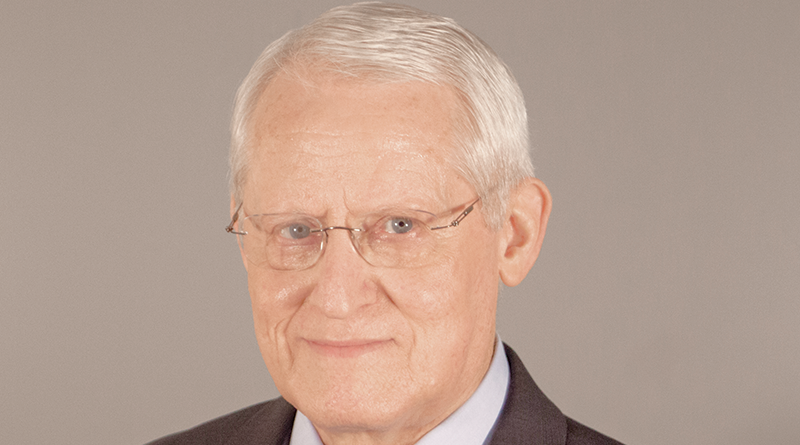G. Rollie Adams, 75
After nearly three decades as president and CEO of Strong Museum of Play, G. Rollie Adams is ready retire
By Ernst Lamothe Jr.
Q. Can you talk about how you plan to spend your free time once you retire?
A. Not surprisingly, I expect to spend a lot of it playing with various activities with my family, traveling the back roads of the Finger Lakes region and enjoying its tremendous natural beauty and rich cultural heritage along with puttering around in the yard, and doing historical research and writing. I have done some research for a potential second biography — my first was “General William Selby Harney: Prince of Dragoons” —and I have a novel in draft form and an idea for another. I also have a huge backlog of books to read and movies to watch. And retired friends have told me that one of the best things about it is that you can take a nap any time you want. That sounds appealing too.
Q. What will you miss most about the job?
A. That’s tough to say, as I’m eager to move on to other things. But I will miss my daily interaction with colleagues, being around the collections, seeing guests enjoy the museum, and just walking into the office in the morning. But mostly, I think I’ll miss the creative energy here and opportunities to envision things and then strategize and work with others to make them happen on a large scale.
Q. What makes The Strong Museum of Play such a staple in the Rochester area?
A. That’s an assessment probably best left to others, but I believe it’s our mission to studying and interpreting play and the ways in which play is critical to learning and human development and illuminates cultural history. Or to put it simply, the museum is fun for people of all ages. Play sparks joy, learning and achievement. It encourages collegiality and aids communication and socialization. It creates and recalls memories. It’s good for body and soul.
Q. What were some of your proudest moments at CEO?
A. There are many: Seeing people, especially children, learn while playing, acquiring the National Toy Hall of Fame; working with our terrific team to start the International Center for the History of Electronic Games, the World Video Game Hall of Fame, and the American Journal of Play. I also enjoyed building the most comprehensive collection of artifacts and documents of play in the world; completing two physical expansions and developing plans for another to come. We created national and international programmatic partnerships, such as with the Toy Industry Association and the Academy of Interactive Arts and Sciences and we saw our staff develop extraordinary levels of collaboration and creativity.
Q. What do you think the future holds for the museum?
A. Every year, we draw more than 500,000 people to downtown Rochester and generate nearly five billion online and print media impressions. Market research indicates that we can nearly double those numbers with most additional attendees coming from out of state. That is provided that we can secure the necessary funding to expand again and along with our commercial partners, complete the neighborhood developments we envision for the Inner Loop fill nearest us.
Q. How has the museum changed since you first started?
A. Foremost is the decision to be about play. Among many other changes included expanding from 150,000 to 285,000 square feet, growing attendance from 69,000 to more than 500,000 annually. As a history museum, we became highly hands on by blending the best features of history museums with those of children’s museums.
Q. How do you think 21st. century technology has impacted the museum?
A. This is still playing out, no pun intended. It has led us, as it has other successful organizations, to embrace the Internet, social media, mobile apps and other ways through which people want to access information and interact with each other. It has also led us to understand how video games have changed how people learn, socialize, and communicate, and that has caused us to develop the most comprehensive collection of video games and related materials anywhere.
Q. What are some of the challenges you see in the future for the museum?
A. One is implementing our vision for the next physical expansion, which we hope to accomplish within the next four years or so. Another is digitizing more of our collections so that researchers and others can access them fully from anywhere.

